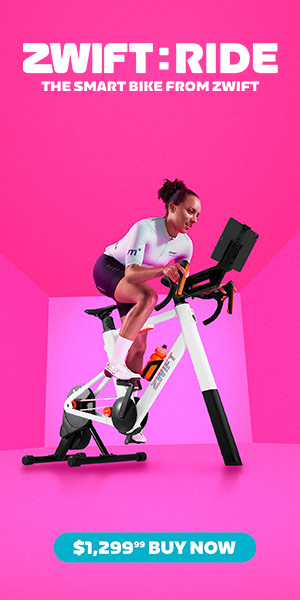Game theory is the science of strategy, where the outcome for each participant depends on the actions of all. I am a big believer in Game Theory as it relates to cycling tactics. For example: do you chase down a breakaway (e.g. Alaphilippe at the 2020 World Champs) and risk bringing with you someone that can beat you in a sprint? Or do no work, let the sprinter lead the chase, and hope for second place?
Watching the Zwift Racing League premier divisions and then commentating on APAC region, I realised that most races along the Richmond UCI Reverse course were ending in a big bunch sprint.
We decided at the end of our race to put some game theory to the test through a fakey sprint effort, with one rider (myself) putting in a fake sprint attack with 800m to go. Check out the video:
There is always risk with any strategy employed in a cycling race, but using Game Theory you can minimise the risk or at least know what it is and mitigate it on the fly. With the fakey sprint here were the scenarios:
- Fakey sprint draws out our competition and forces them into a chase, bringing up our teammates who can sprint over the top, our team wins
- Fakey sprint does not fool the competition, they stay with the bunch and ride wheels to put in a maximal sprint at the more opportune time, our team loses
- Fakey sprint does not fool the competition, they stay with the bunch but don’t catch, our team wins
So looking at the above there is a 33% risk that we will lose the race with this strategy, but a 66% chance that we will win the race. Therefore, it was an easy decision to make… go for the fakey sprint.
The alternate is obviously that we don’t fakey sprint at all and take the risk with a bunch sprint at the end. But with 5 of our riders in the top 9 this only equates to a 55% chance of winning, still lower than 66%. I have found that the odds always seem to be better when you are the team making the plays, being proactive rather than reactive.
These strategic decisions are also faster and easier to make the better you know your competition and the more familiar you are with the course. So: do your homework!
What About You?
If your team has pulled off something amazing in a race, or you’ve seen something tactically great, shoot me a message (or comment below) and I’ll do some analysis on why and how it worked.
